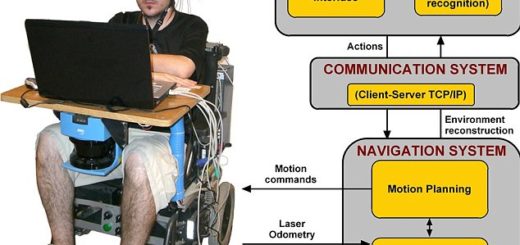ENERGY AUDIT OF DISTRIBUTION SYSTEM
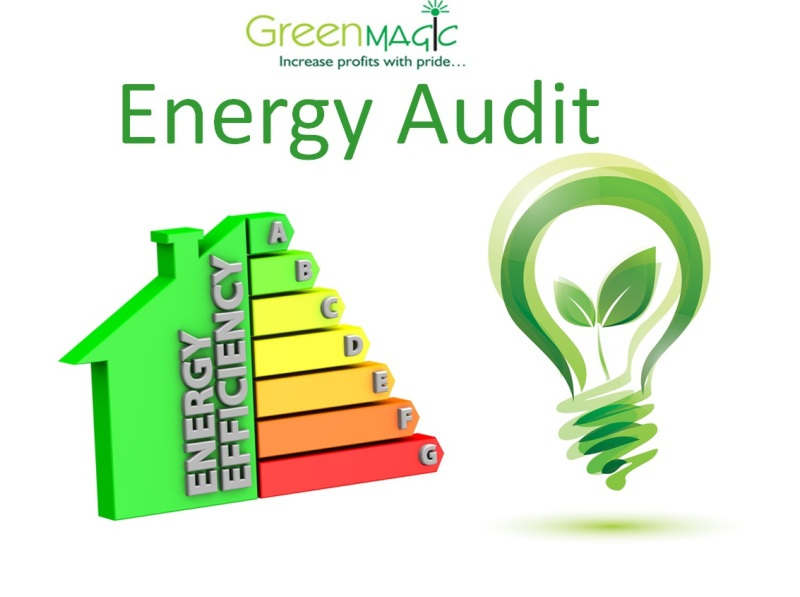
INTRODUCTION
1.1
GENERAL
Energy plays a key role in the development and economic growth of any country in all sec-
tors. The living standard of country is directly related to per capita energy consumption. Day by
day, energy demand keeps rising. Electric power distribution is a vital link between utility and
the consumer, thus playing a very important role in the entire power system network. Hence it
is imperative to exercise utmost caution in planning the system with losses as low as possible
and a better quality supply to the consumers. The power distribution utilities in India suffer
from a huge revenue loss on account of both technical and commercial losses. Losses in the
distribution line leads to poor operating efficiency. The average transmission and distribution
(T & D) loss percentage of India is about 32 %, however, some utilities/states of India have very
high T & D loss percentage.i.e. above 45 %. So it is necessary to identify the areas of excessive
losses and to take measures to reduce these losses. Losses occurring in distribution system are
mainly technical losses and nontechnical losses. Technical losses are due to resistance of con-
ductors, low power factor due to inductive nature of load and less maintenance of distribution
elements etc. Nontechnical losses are due to errors in the reading of meters, poor metering,
theft of energy etc. Energy audit in a power distribution system is to measure the input and out-
put energy, identify mismatch, i.e., energy losses, segregate losses into technical commercial
losses and finally suggest an action plan to minimize these losses. Information gathered from
the energy audit can be used to introduce energy conservation measures (ECM) or appropriate
energy-saving technologies. Energy audit is the most effective tool, which provides the balance
between energy supplied and energy billed.
The energy audit of distribution system was carried out under the support of Thrissur Cor-
poration Electricity Department. Thrissur Corporation Electricity Department is a licensee that
distributes electricity within the municipal limits of old Trichur Municipality. A distribution
transformer of rating 315 kVA is selected for conducting energy audit. 44 consumers (com-
mercial and domestic) are supplied from this transformer. Details of consumers are collected
by visiting consumer premises and also from the existing documents. Objective behind the
selection of one transformer was to effectively work out a methodology, which can further be
extended to all distribution transformers towards the evaluation of total distribution losses in
Thrissur Corporation Electricity Department. The audit is conducted to determine whether the
energy supplied is completely utilized at demand side and to suggest remedies to reduce losses.
Major equipment used for auditing is Power analyzer. Mismatch between total consumer read-
ing and power analyzer reading gives the losses occurring in the system. Another distribution
transformer having large span with rating 250 kVA is selected for studying voltage regulation.

MAIN OBJECTIVE
• To conduct energy audit of distribution system under TCED.
ORGANIZATION OF REPORT
This report has been broadly divided into 7 chapters. Chapter 1 being the introduction,
Chapter 2 is company profile. Chapter 3 is on literature review and different types of energy
audits are discussed here. Chapter 4 deals with the proposed methodology. Chapter 5 is data
collection which includes details collected from survey. Results and observations are given in
chapter 6. Chapter 7 includes conclusion, future scope and recommendations.
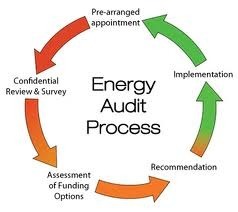
LITERATURE REVIEW
GENERAL
An energy audit is an inspection survey, an analysis of energy flows for energy conservation
in a building, process or system to reduce the amount of energy input into the system without
negatively affecting the output[1]. In commercial and industrial real estate, an energy audit is
the first step in identifying opportunities to reduce energy expense and carbon footprints. An
energy audit is defined as the verification, monitoring and analysis of the use of energy and
submission of technical report containing recommendations for improving energy efficiency
with cost benefit analysis and an action plan to reduce energy consumption[2]. Numerous audit
procedures have been developed for different systems. Audit is required to identify the most
efficient and cost-effective Energy Conservation Opportunities (ECOs) or Measures (ECMs).
Energy conservation opportunities (or measures) can consist in more efficient use or of partial
or global replacement of the existing installation.
There are different types of energy audits. Walkthrough energy audit, detailed energy audit,
electrical audit, thermal audit, chemical audit are different types of energy audits. Walkthrough
energy audit and detailed energy audit are classified according to the duration needed for au-
diting the system and amount of data collected[3]. According to the type of energy audited,
energy audit is classified as thermal, chemical, electrical.
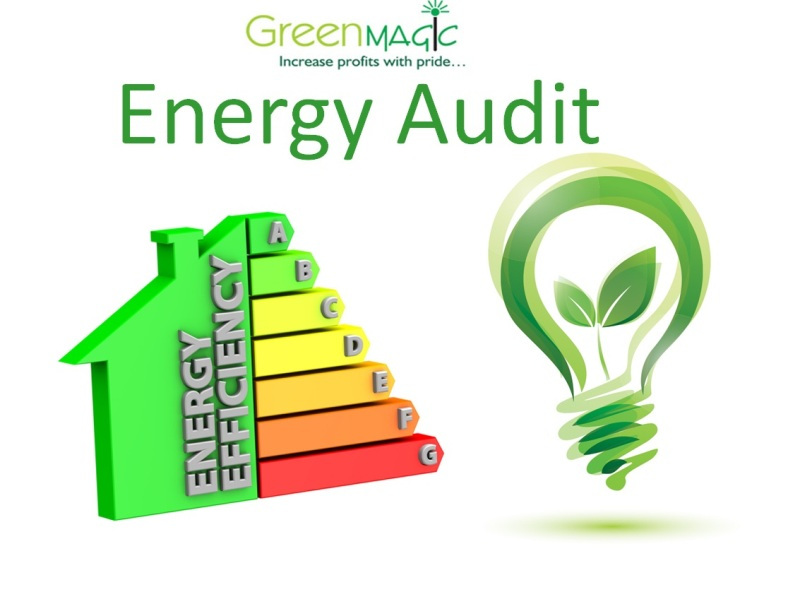
IMPORTANCE OF ENERGY CONSERVATION
Energy is the most basic infrastructure input required for economic growth and development
of a country. Electrical energy is a part of our minute-to-minute existence today. Every day we
witnesses the entry of new homes, industries, offices and several infrastructure projects being
implemented for the welfare of the common man by respective governments. Electrical energy
usage has increased to gigantic proportions all over the world. Several methods of generation
have been successfully implemented. However it is important to note that the generation of
electrical energy has been part of the continuous degradation of our environment since each
unit of energy generated from fossil fuel based thermal power plant releases about 0.8 to 1.2
gram of carbon dioxide into the atmosphere. The greenhouse effect due to increase in the level
of CO2, methane and other gases are leading to global warming. CO2 level in the atmosphere
has increased from 280 ppm, in 1700s to about 405 ppm at present. The average temperature
of the earth is likely to increase by 1.5 to 4o C in the next 50 years, if emission of greenhouse
gases is not reduced. Global warming may lead to rise in sea levels, significant change in rain
fall patterns, increase in frequency of heat waves, storm and other unforeseen consequences.
The generation as well as purchase of power from distant locations and transmitting it to all
over the habitat regions and distributing to customer specific locations is a challenging activity
to all power utilities. Energy conservation avoids wasteful use of energy without much invest-
ment. It is the easiest solution to bridge the gap between demand and supply. Energy saving
achieved through energy efficiency and conservation also avoids capital investment in fuel,
mining, transport, water and land required for power plant, thereby mitigating environmental
pollution.[4]
THERMAL ENERGY AUDIT
Thermal energy audit is mainly conducted in factories and industries which utilize thermal
energy. Studies are undertaken to determine efficiencies of generation, distribution utilisation
of thermal energies.[7] Boiler efficiency tests are carried out to determine steam generation
to fuel ratio. Condensates coming from coil, jackets, evaporators are collected to arrive at
norms for each operation. Exhausts of furnaces, boilers are quantified by analyzing them with
equipments. Fixed heating load, start up load insulation losses are determined. Based on
the energy losses identified in the thermal energy balance, energy conservation measures are
suggested. The energy saving areas normally identified is: Improvement in steam / power
generation efficiency, housekeeping measures, waste heat recovery, optimal choice of fuel,
process optimization etc. Temperature indicators, Infrared thermometers, Thermal insulation
scanner are some of the instruments used for thermal auditing.
While performing thermal audit of electrical system following parameters are examined.
• Heat load of electrical equipment
• Temperature ratings of the installed equipment
• Ambient temperature
• Environmental conditions
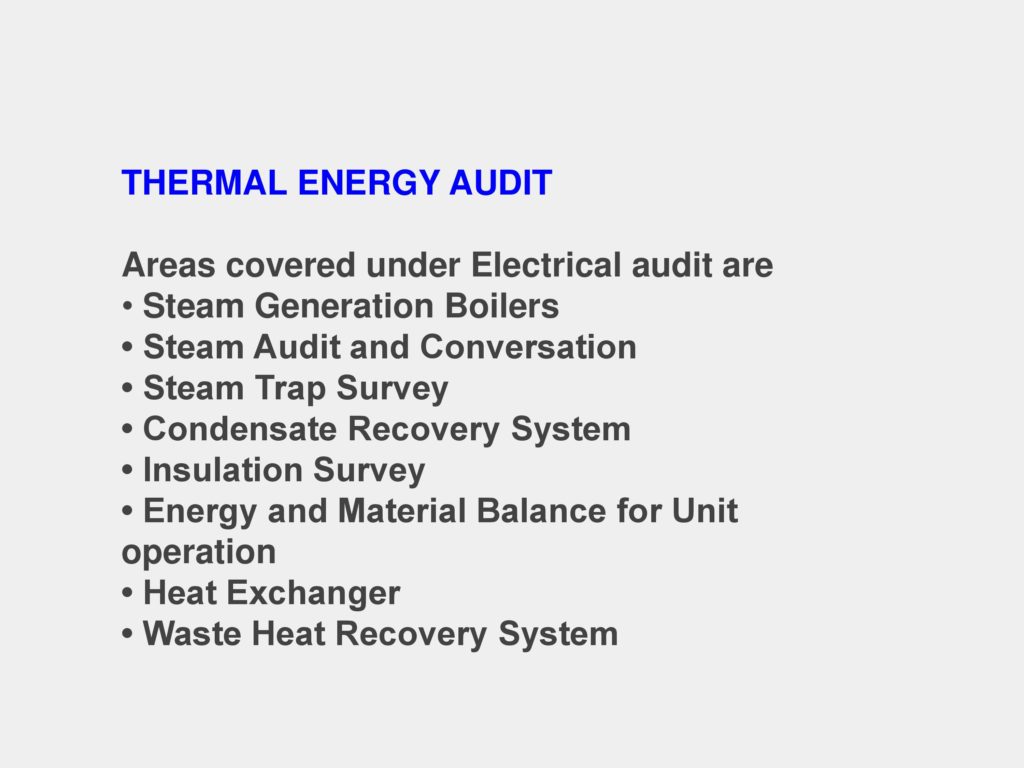
CONCLUSION
Electrical energy plays a vital role in the development of human race. The per capita energy
consumption of a country is an index of the standard of living or prosperity of the people of
that country. Energy resources such as fossil fuels emit CO2 in to the atmosphere which in
turn causes global warming and climate change. Also the increased need of energy demands
energy conservation. Energy losses occur in the process of supplying electricity to consumers
due to technical and commercial losses[12]. Energy audit is the best method to identify and
rectify these losses. It increases the efficiency of the system and helps to reduce environmental
pollution. Walk through energy audit is the simplest way of auditing. The data collected
through walk through energy audit do not give complete picture of the distribution system.
So, detailed energy audit of a secondary distribution system is performed. The detailed energy
audit involves in-depth investigation.[13]
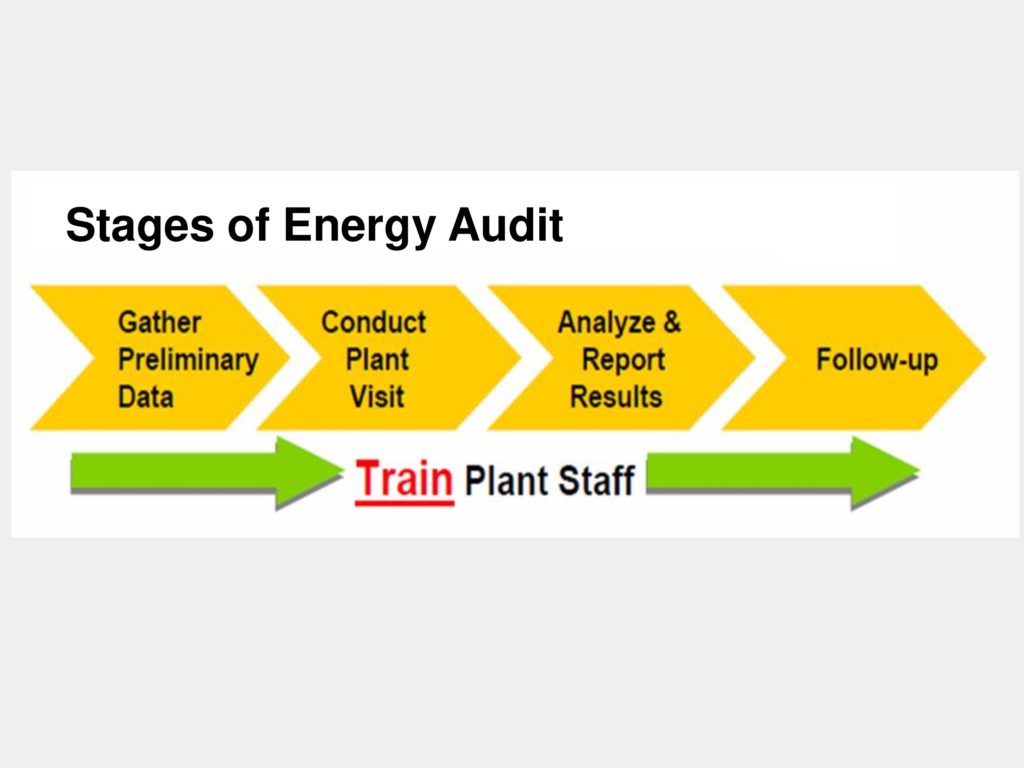
THIS PROJECT HAS MORE CHAPTERS AND MORE INFROMATION, SO PLEASE CONTACT FOR MORE DETAILS…. 7510834013
























